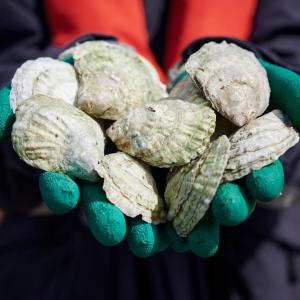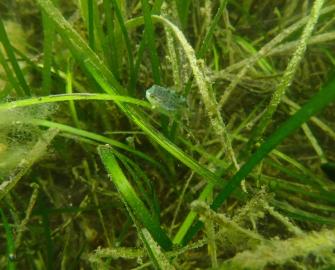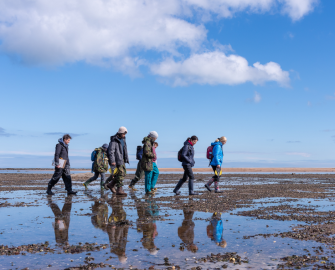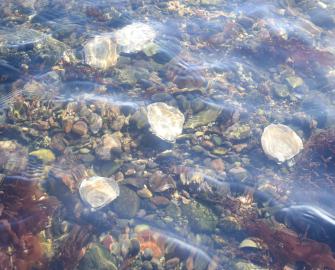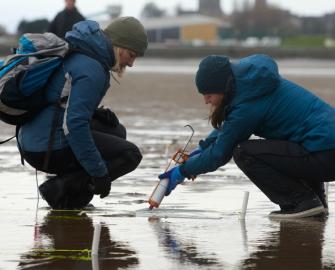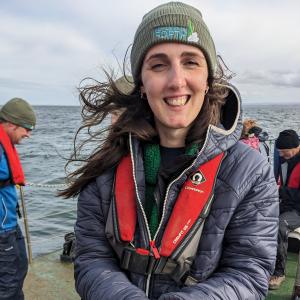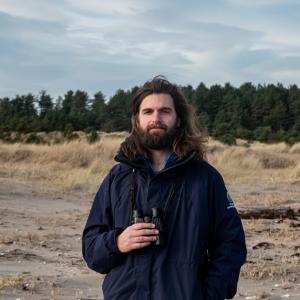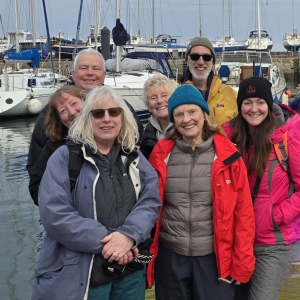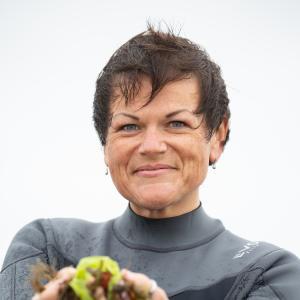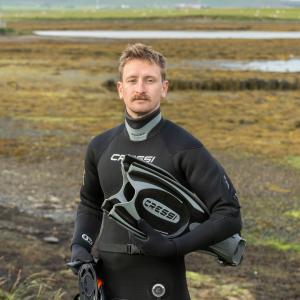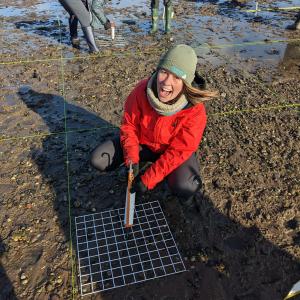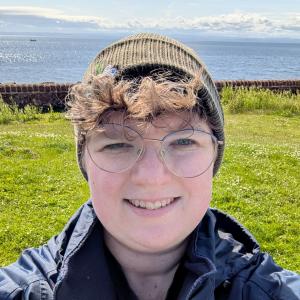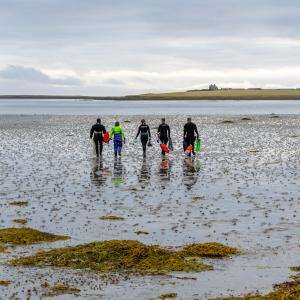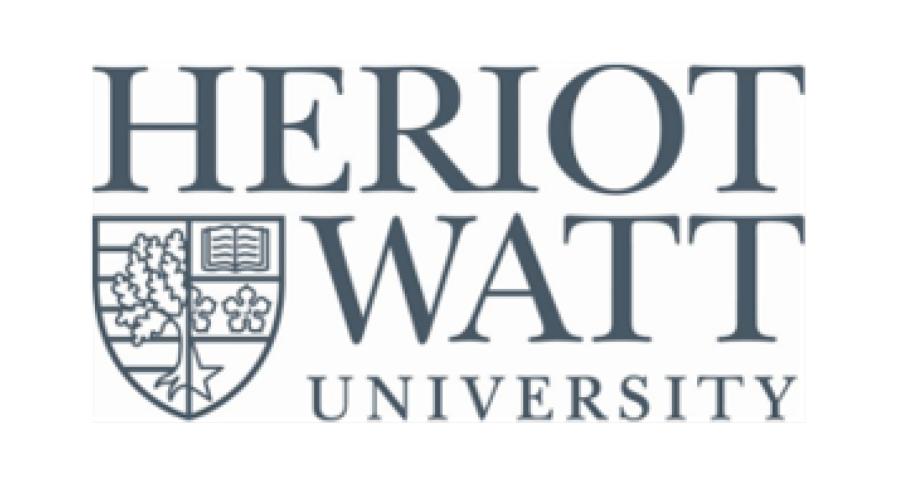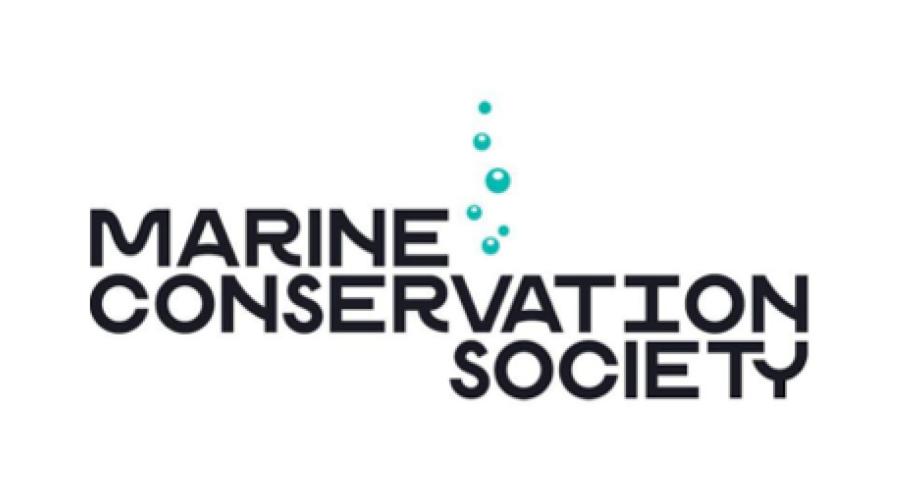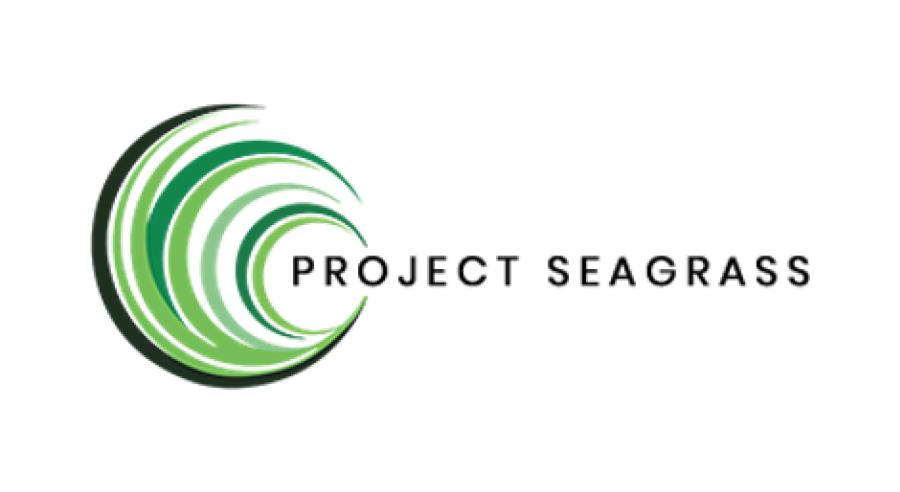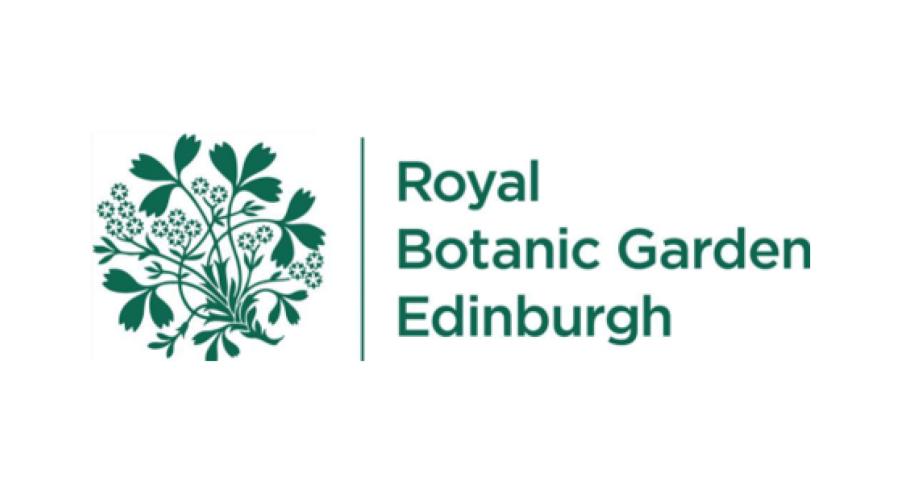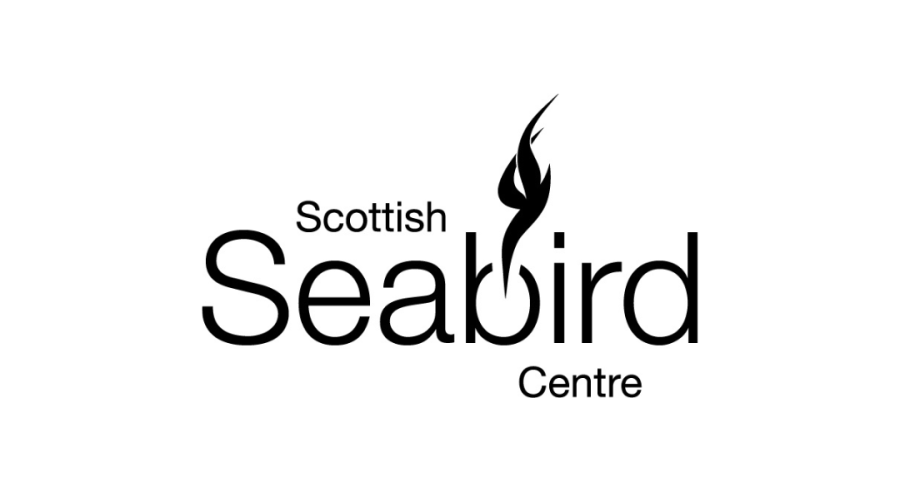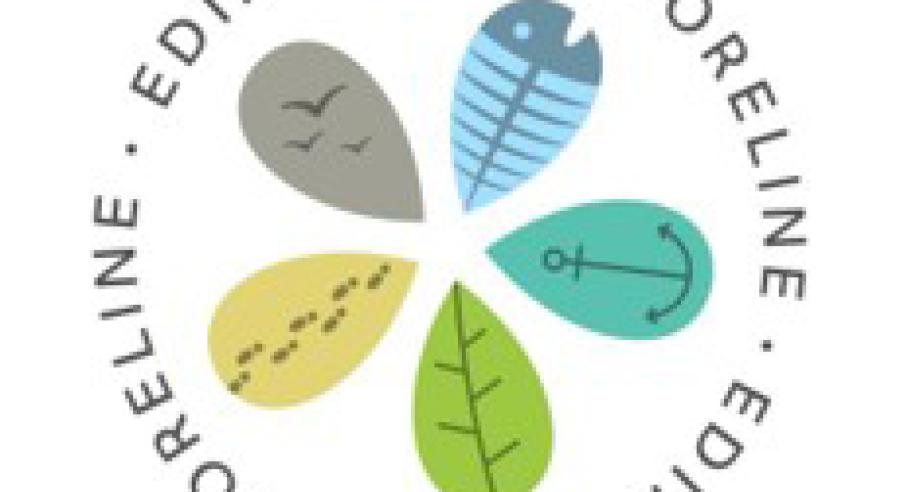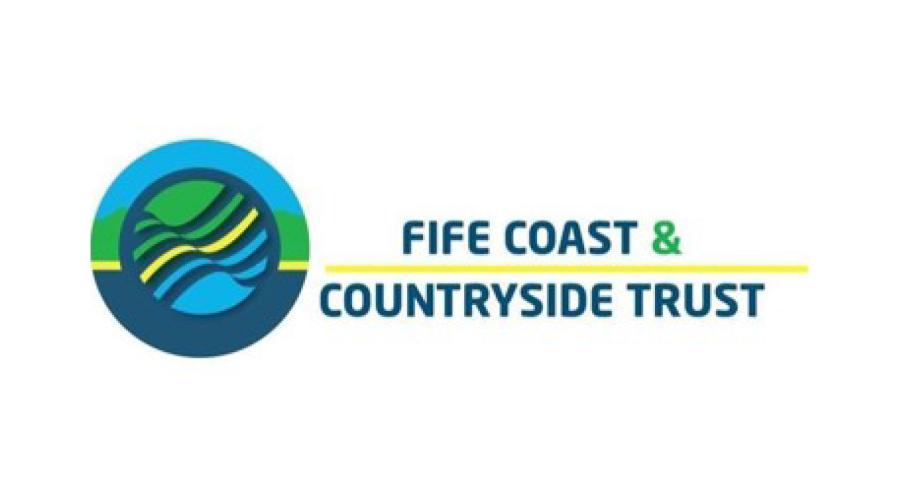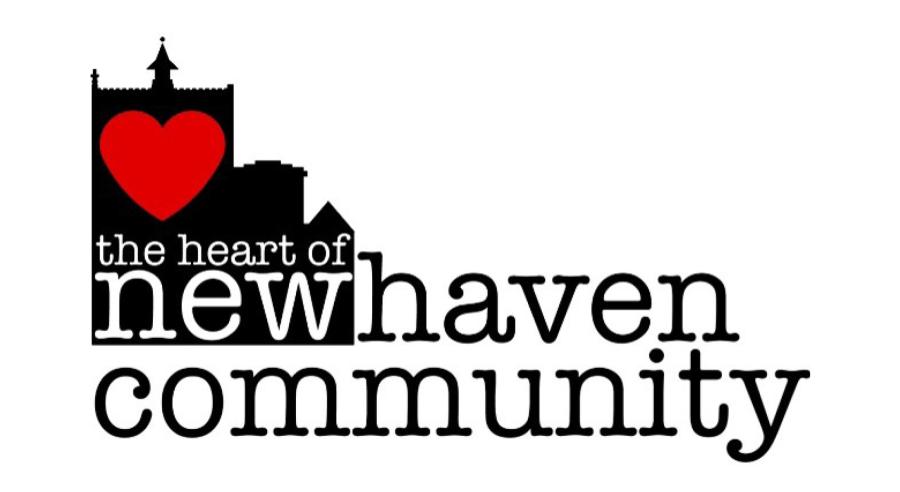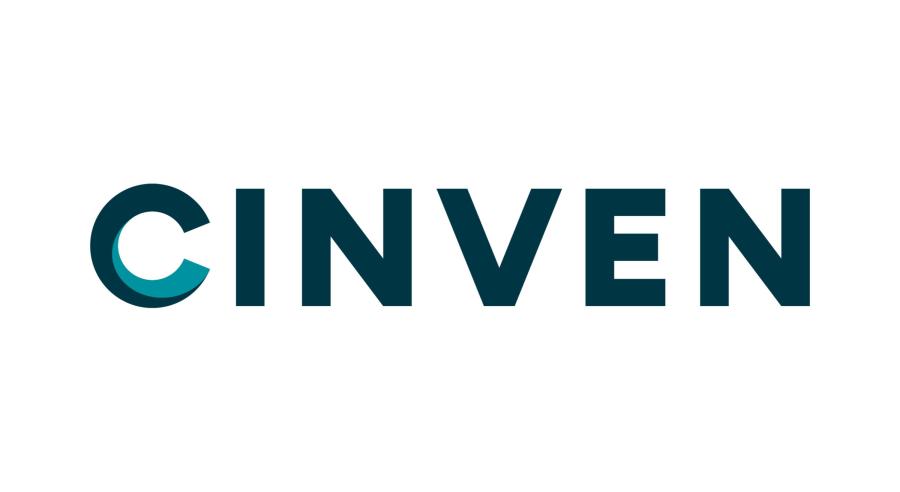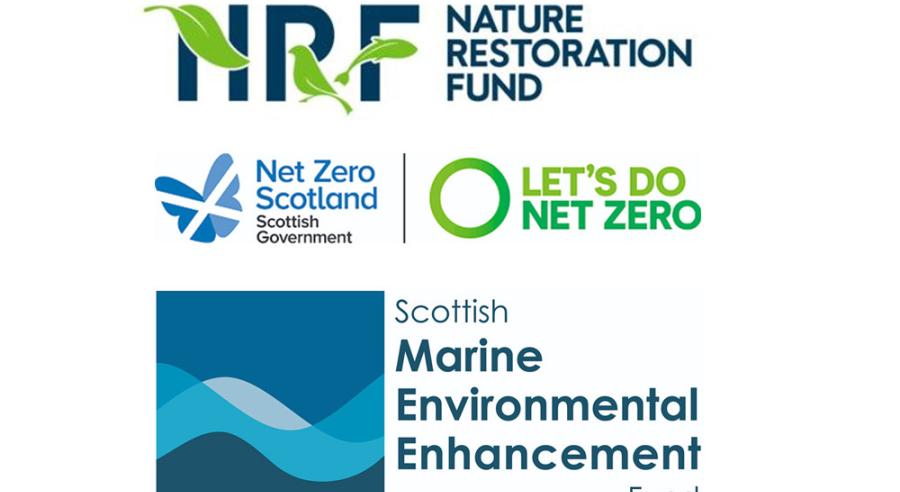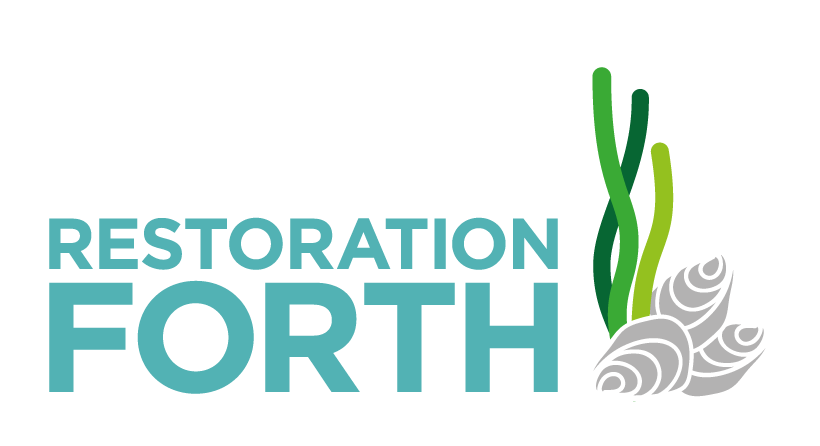
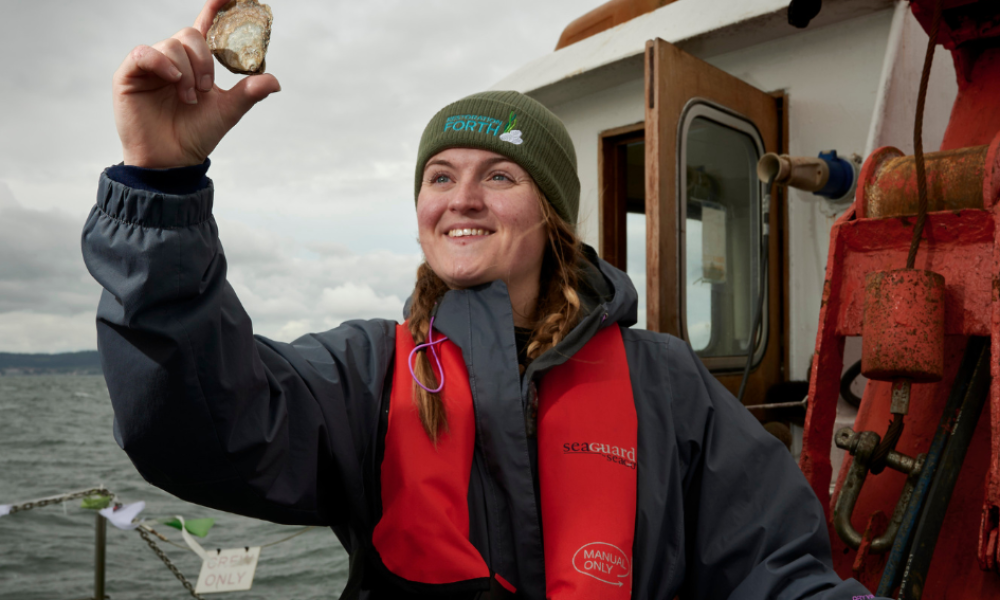
Project overview
Restoration Forth is a major marine restoration programme working with communities to restore seagrass habitats and European flat oyster populations in the Firth of Forth.
By 2026, we aim to trial seagrass restoration across 4 hectares and return 30,000 oysters to the Firth of Forth. We also aim to influence government policy to boost restoration efforts across Scotland.
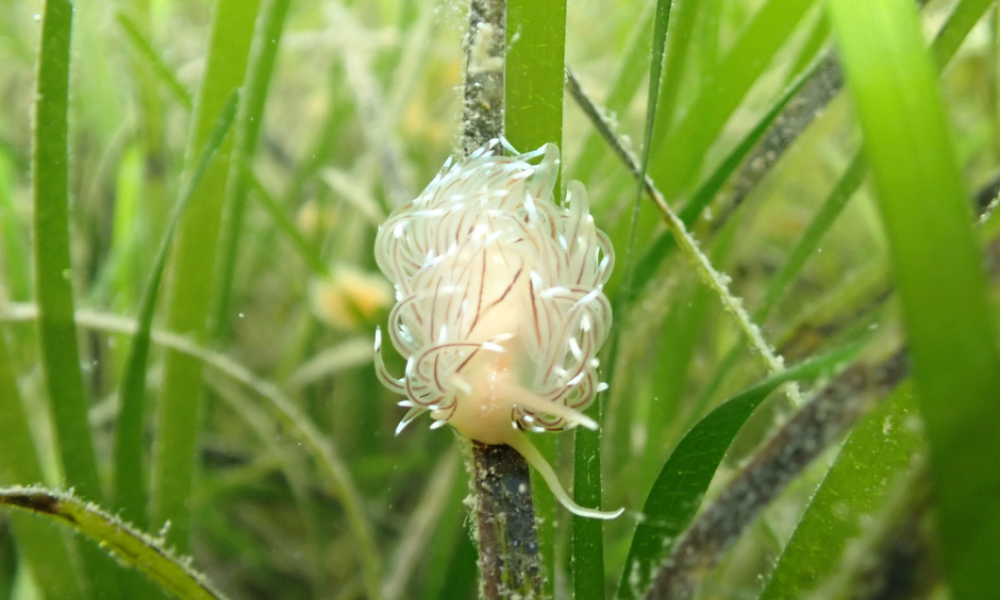
Why we're doing it
Seagrass is an unsung hero of our oceans! On average, a meadow twice the size of a football pitch can support 80,000 fish and a million invertebrates. Seagrass helps fight climate change, improve water quality, and reduce coastal erosion. It's vital for a healthy marine environment. Yet, over the last century, we have lost up to 92% of our seagrass meadows in the UK.
European flat oysters also play a crucial role in restoring our seas. They stabilise the seabed, store carbon, and boost biodiversity. But their significance isn’t just environmental - they hold a rich local history. Oysters were once thriving in the Firth of Forth. Vast oyster beds provided food and livelihoods. But overfishing and industrial development led to their extinction in the area.
By restoring these species, we aim to bring life back to our waters - for nature, climate, and future generations.
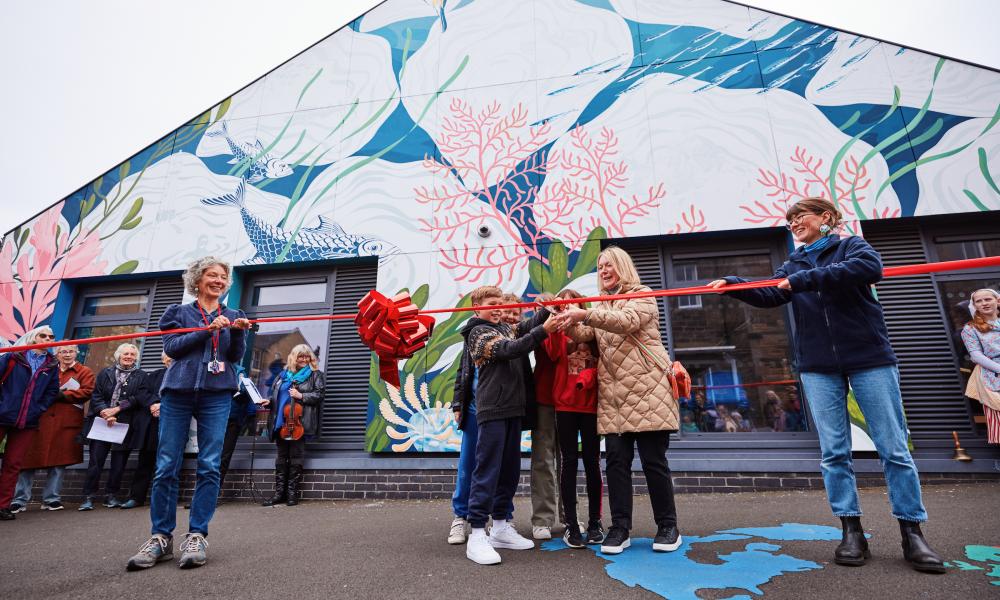
Project impact
Restoration Forth has been making waves for marine restoration around the Firth of Forth!
Thanks to the support of local volunteers, approximately 210,000 seagrass seeds have been planted around Firth of Forth beaches. The team transplanted 880 seagrass cores (established seagrass with sediment), which are showing positive results so far.
The project celebrated a key milestone - reintroducing European flat oysters into the Firth of Forth after a 100-year absence! Restoration Forth has introduced over 40,000 European flat oysters to the Forth – with those monitored showing an 85% survival rate so far.
Local people have played a key role with over 1,100 people participating in over 384 events. Communities celebrated the project with a unique mural in the Heart of Newhaven, by local artist Natasha Russell.
Other ways to get involved
Restoration Forth aims to empower communities around the Firth of Forth to become champions for their local environment. Whether you're advocating for better nature protection or participating in citizen science, there are many ways you can make a real impact. Here are a few ideas to get you started:
We welcome your feedback about this project
Your views are very important to us and we take any feedback we receive seriously. If you would like to comment on the project please do so here.
Partners
Funding Parnters
The first phase of Restoration Forth (2022-24) was made possible by funding from Aviva, the Moondance Foundation, the ScottishPower Foundation and the Scottish Government’s Nature Restoration Fund, facilitated by the Scottish Marine Environmental Enhancement Fund, and managed by NatureScot.
The current phase of Restoration Forth is made possible by funding from Sky and the Cinven Foundation; the project is supported by the Scottish Government’s Nature Restoration Fund, managed by NatureScot.
